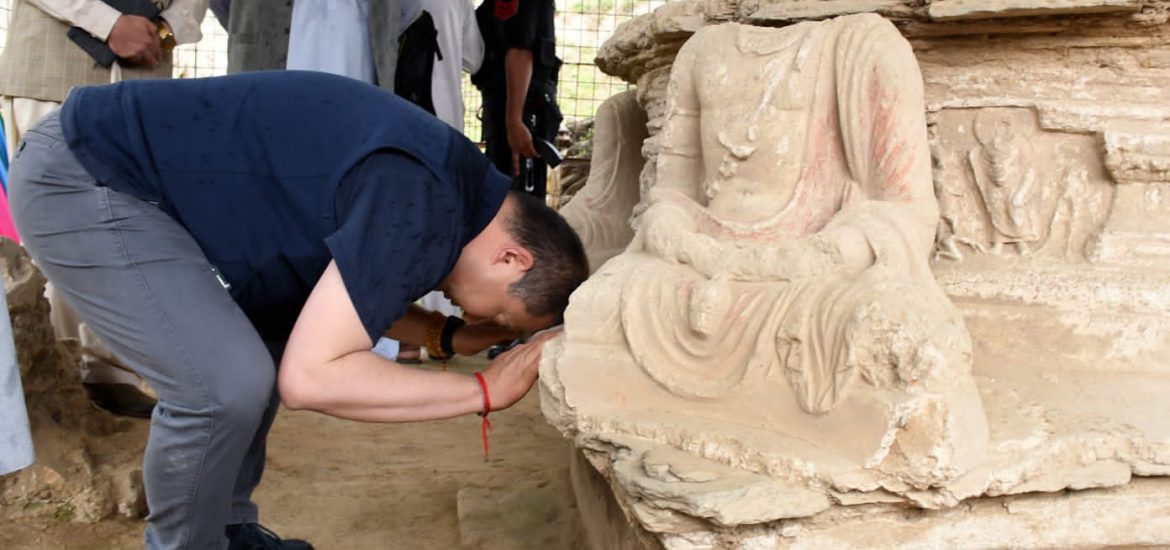Telo Tulku Rinpoche has recently concluded his first trip to Pakistan, signalling an encouraging partnership and collaboration between Buddhist leaders and institutions devoted to preservation of Buddhist heritage. He came at the invitation of the provincial government of Khyber Pakhtunkhwa, and stayed from 11 to 19 March. Throughout his official trip, he visited some of the most important and beautiful Buddhist sites in the region. Some of these include Aziz Dheri, a Buddhist mound site in Swabi District, the Shingardar Stupa, and more.
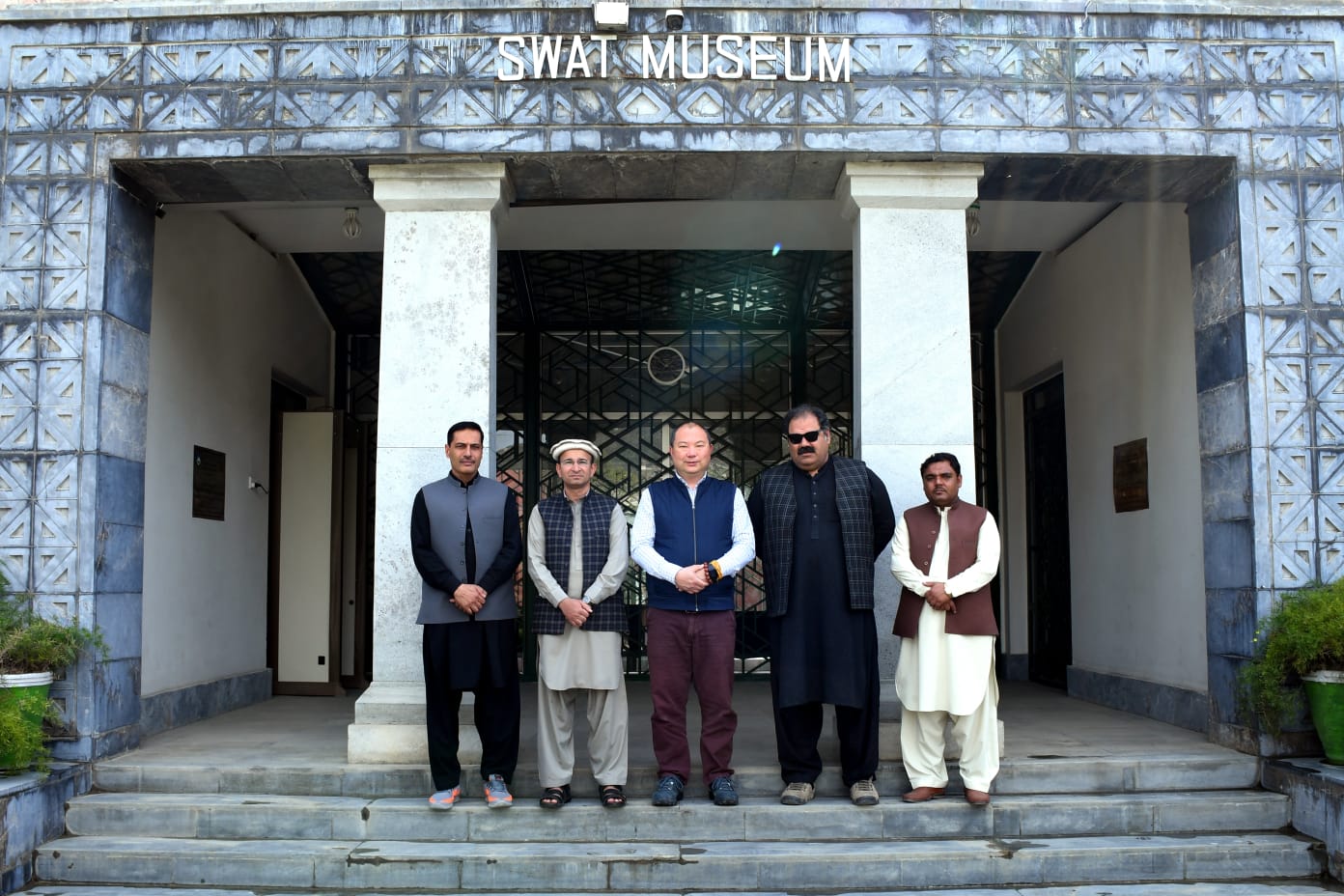
Telo Rinpoche also visited the Swat Museum, which holds precious Buddhist sites from all over the country. He met with staff from the Digital Heritage Centre of the Directorate of Archaeology & Museums (KPDOAM), whose team have been diligently working on mapping a range of Pakistani heritage sites. Many of them are Buddhist landmarks (highlights include ancient locales like Takht-i-Bahi and the Bhimala Stupa).
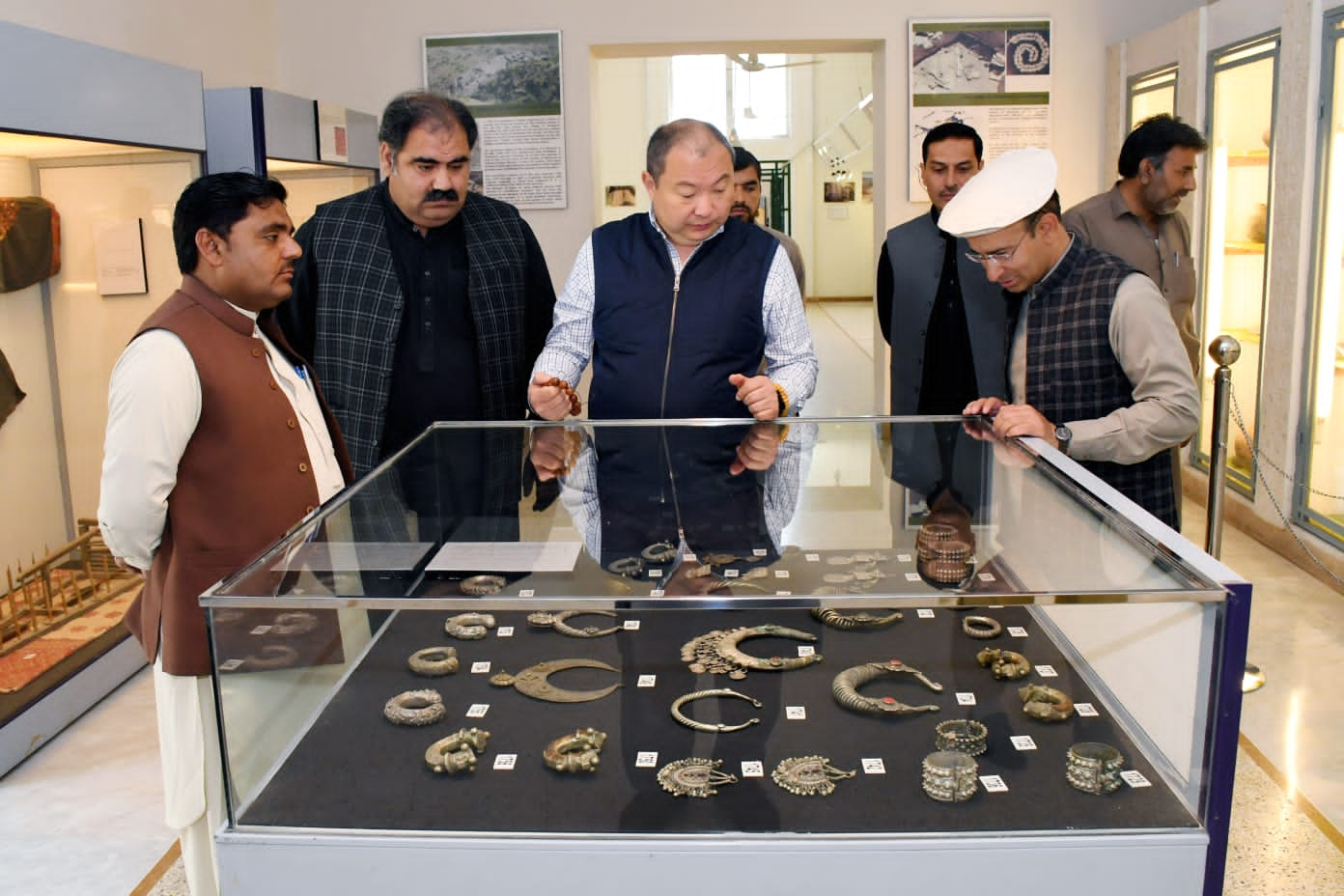
In my years covering Telo Tulku Rinpoche and following his activities, I have known him to be a forthright and action-oriented Buddhist leader (I invite you to have a look at our East Europe correspondent, Lyudmila Klasanova’s, excellent summary of his many achievements). His work spans the bridging of Buddhism and science, interfaith dialogue, the revival and preservation of traditional culture and arts in his home independent Russian republic of Kalmykia, and much more. He resigned from his post of shajin lama gracefully, and has left big shoes for his successor to fill. Now that he is more often in Mongolia, he is able to build on aspects of his work that might have once been closed to him before.
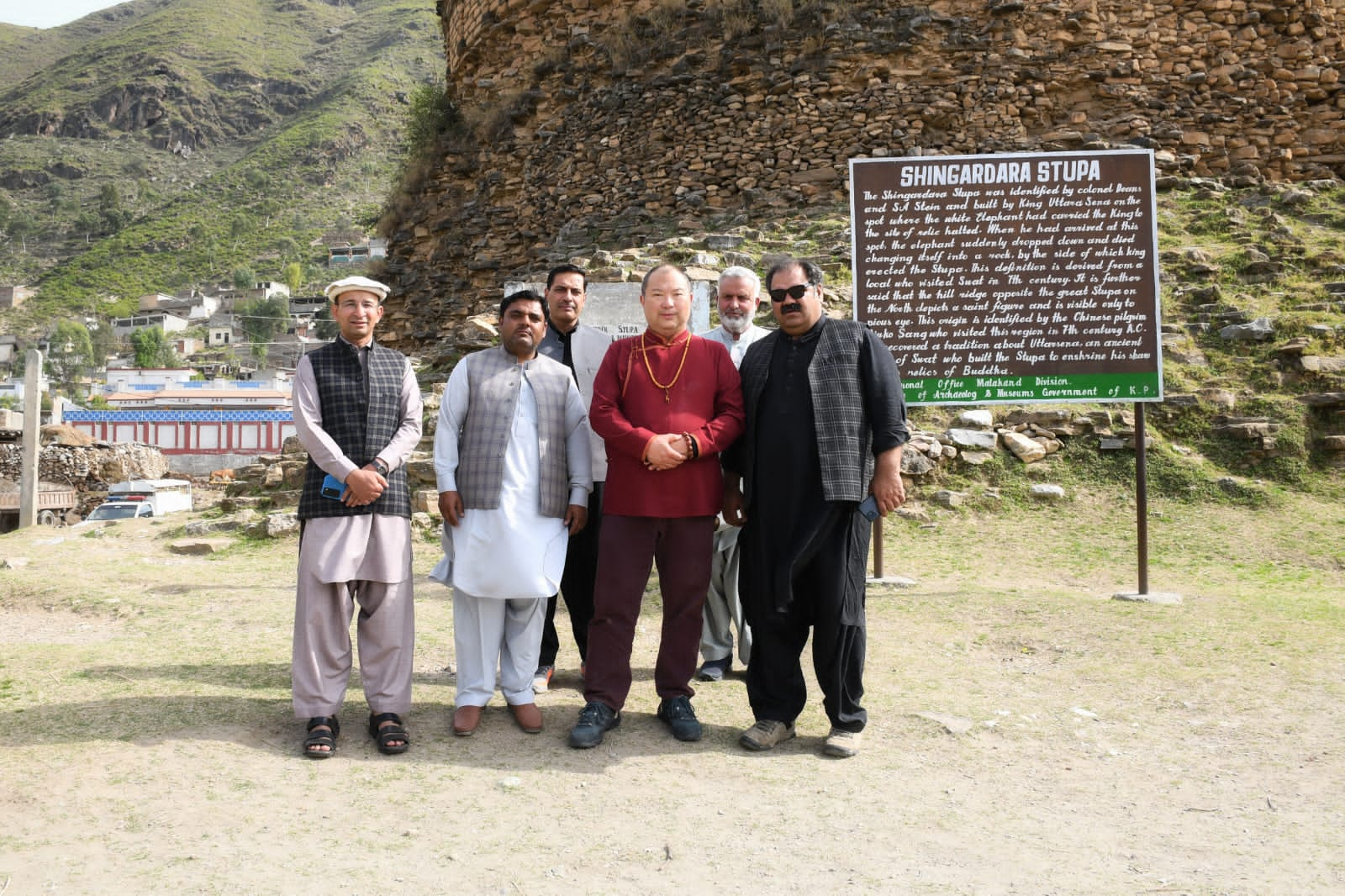
As a Buddhist leader whose religious role overlaps with that of a political mediator (as has been so common throughout the history of Buddhism), he has had to balance the perspectives of not two, not three, but four great, interlocked forces: the Russian Federation and its deep friendship with China, China’s relationship with Tibet, his teacher the Dalai Lama’s deep ties to India, and therefore India’s own ties with Moscow.
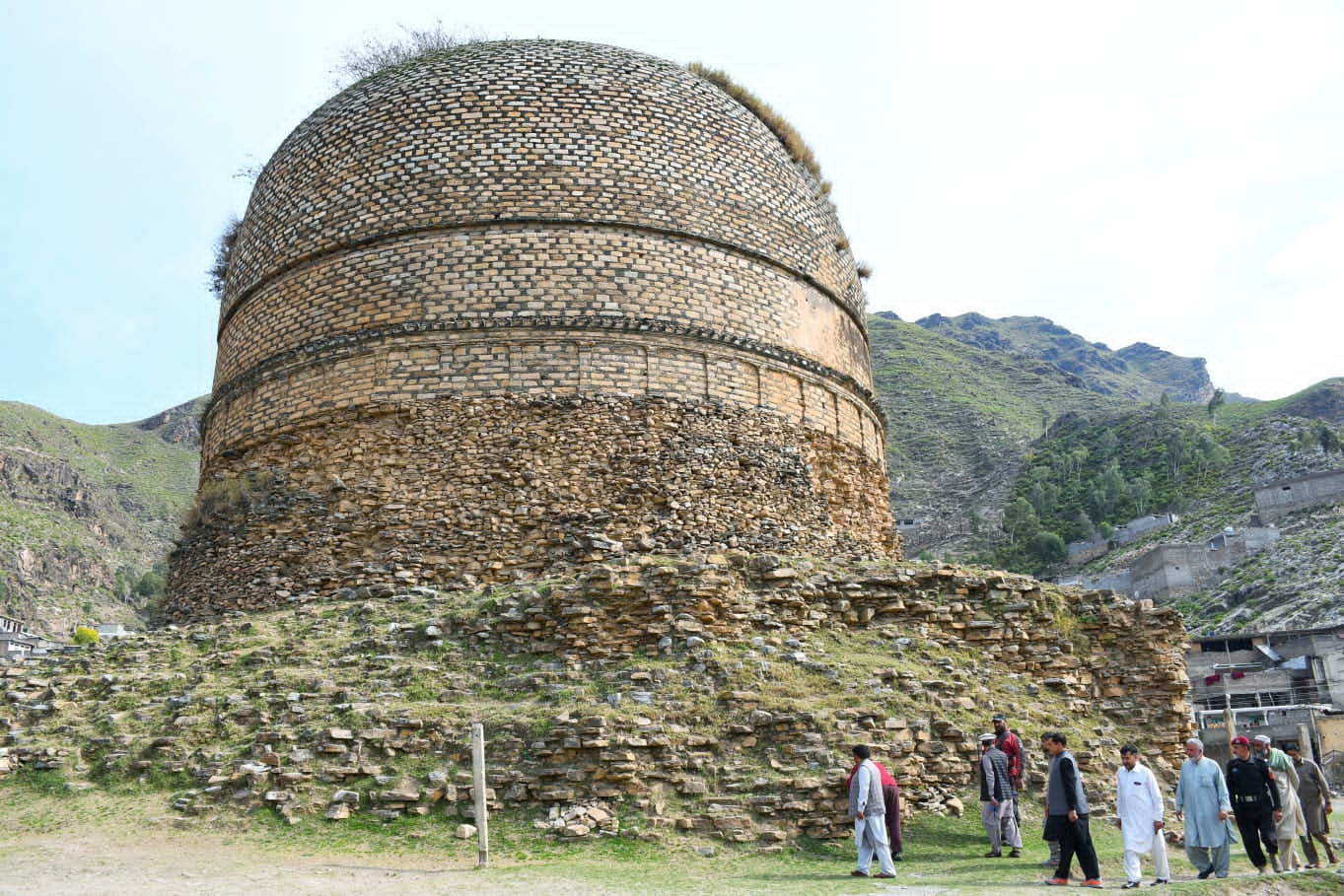
It is complicated enough for anyone to deal with even one of these issues, but the intricate relationship between Moscow and its three Buddhist republics (Tuva, Buryatia, and Kalmykia) is deeply embedded in the historical relations between the majority Slavs and the ethnic minorities that practice Buddhism and Russia’s post-1991 self-understanding as a multi-ethnic federation.
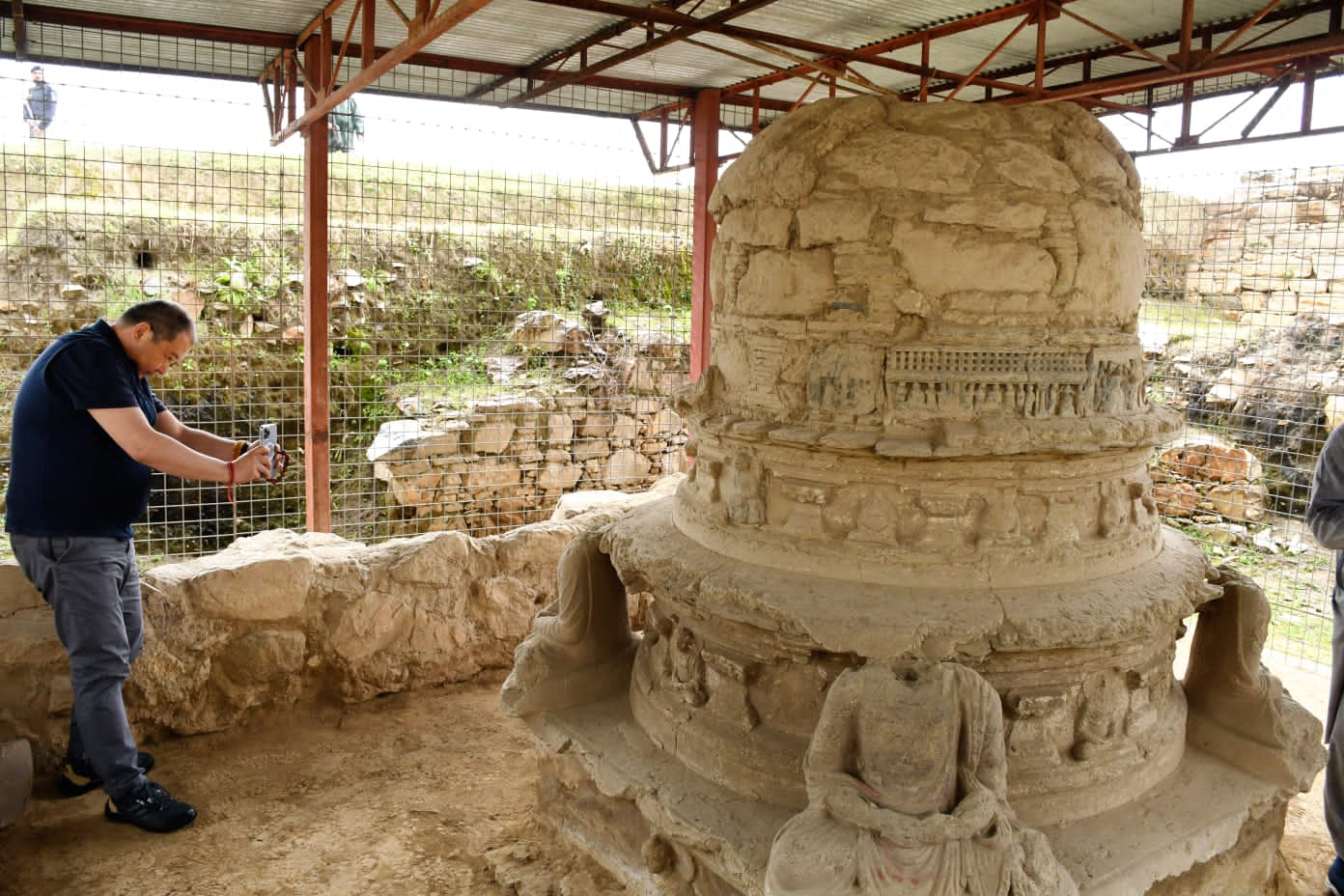
Telo Rinpoche’s visit to Pakistan heralds an openness and appreciation of the universality of Buddhist heritage throughout South Asia. In the Buddha’s time and until very recently, there was no India, or Pakistan, or Sri Lanka, or Bangladesh. Buddhism, naturally spread through the geographies of all of these countries, and in that sense, Telo Rinpoche must enjoy bonds with all of them. Pakistan is a natural choice due to its embedded place in Buddhist history.
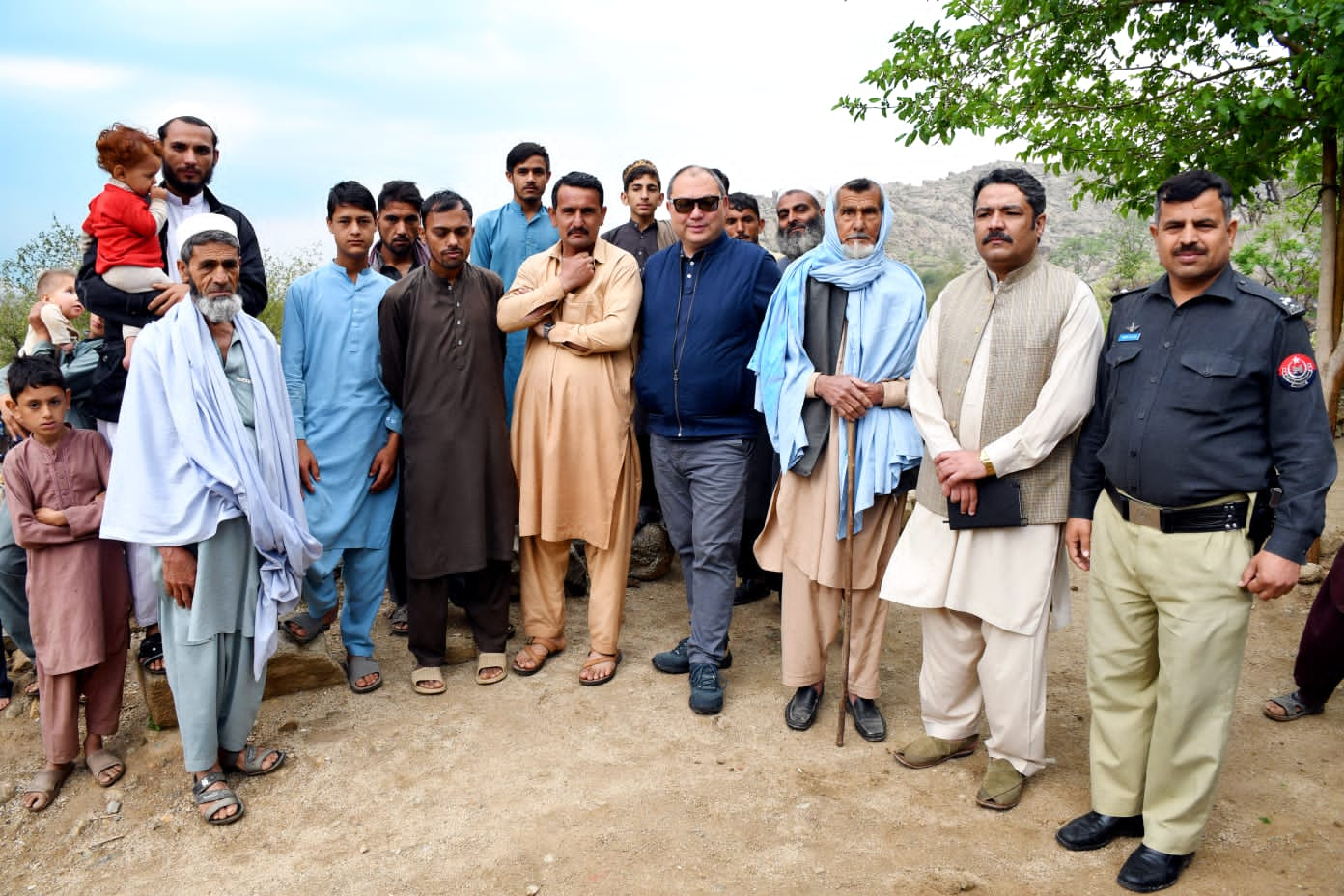
In our series written in collaboration with KPDOAM, I am highlighting several aspects of the uniqueness of Pakistani Buddhist heritage, including some of the core sites. Various dignitaries and delegates, including ambassadors from foreign countries, have accepted invitations from the Digital Heritage Centre to tour the sites and visit affiliated museums. However, for a leader as unique as Telo Rinpoche to come to bless, pray, and reflect in person at these places is special. Should the conditions come together positively, there will be more like him to follow and connect with KPDOAM.
Related news from BDG
Telo Tulku Rinpoche, Supreme Lama in Russian Republic of Kalmykia, Announces Resignation
Related features from BDG
The Way of the Bodhisattva: Telo Tulku Rinpoche’s 30 Years of Noble Service to the Kalmyk People
More in this series
Processing and Presenting Heritage Sites: Digitally Reconstructing the Temples of Kafir Kot
Technology of the Three Treasures: Laser Scanning Pakistan’s Buddhist Heritage
The Bhamala Buddhist Complex: Buddhist Pakistan’s Treasure Trove, Part Two
The Bhamala Buddhist Complex: Buddhist Pakistan’s Treasure Trove, Part One
The Throne of Origins: The Pulsating Heart of Pre-Sectarian, 2000-year Buddhism

This article was written in collaboration with the Digital Heritage Center of the Directorate of Archaeology and Museums, Khyber Pakhtunkhwa (KPDOAM)


